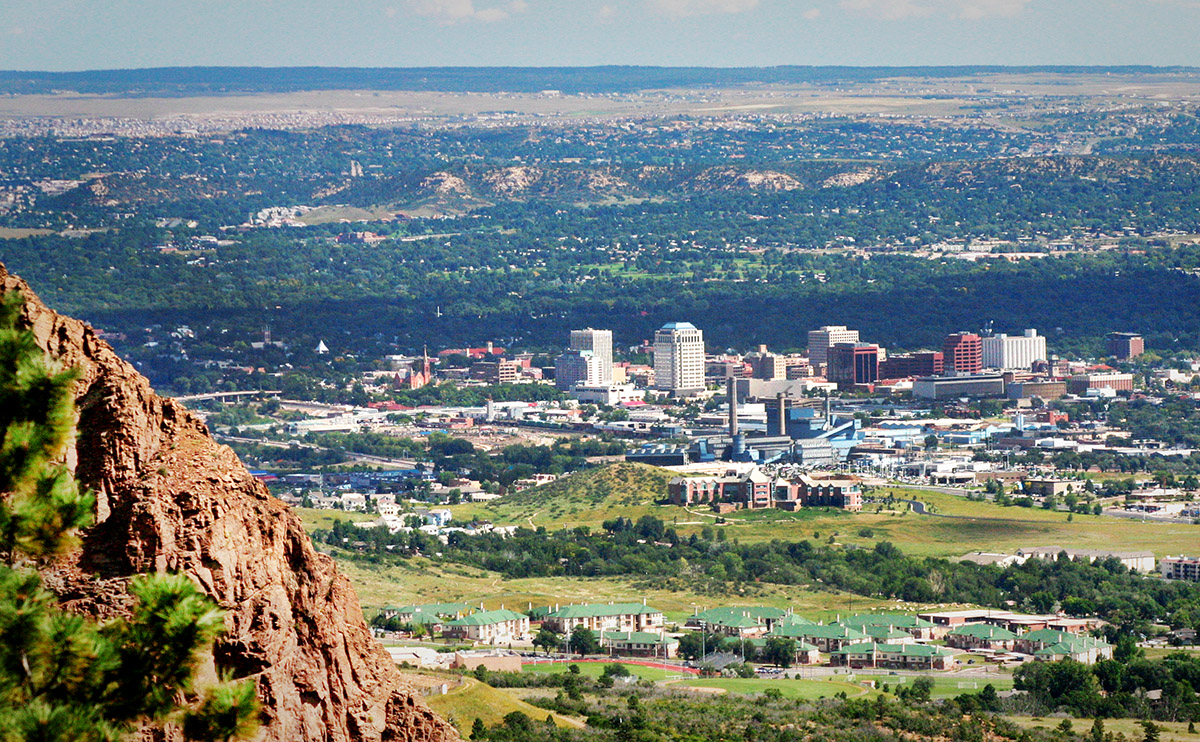Q1 2017 Multifamily Market Update: Despite Slow Sales, Prices Still Up

The U.S. multifamily market continued to post positive results during Q1 2017. Rent growth remained strong, while vacancy remained low and demand kept pace with high levels of new supply. Investment activity was slow to start the year, although prices continued to increase.
Rental Market
According to data from Reis, the average asking rent in the U.S. reached $1,314/unit during Q1 2017, a 3.2% increase over the $1,273/unit average reported one year ago. This marked the 29th consecutive quarter of growth, although lower than the 5.7% annual growth rate reported one year ago. The asking rent for Class A properties increased 3.0% year-over-year, while Class B/C rents increased 3.1% for the same period. Overall, Reis forecasts rent growth will average 3.2% during 2017, then slow to 2.1% by 2021.
Landlords continued offering concessions in lieu of discounting rents, as the asking-to-effective rent spread was $54/unit at the end of the quarter, representing the largest gap since 2009. Asking rent increased 3.2% for the 12 months ending in March 2017, while effective rent grew 3.0%.
The strongest performing multifamily market in the U.S. over the last 12 months was Nashville, where average asking rent increased 8.1% to $1,029/unit, up from $952/unit. Rent growth has been boosted by active new development and by strong employment gains, led by the health-care industry. The supply chain bears watching, as nearly 8,000 units were completed over the last two years, and about 18,000 units are expected to be completed through 2021.
Seattle posted the second fastest growth among primary markets, increasing 7.1% to $1,606/unit from $1,500/unit. Driven by a strong local economy — with a broad industry base featuring aerospace, high-tech, and e-commerce — rents have increased in every quarter since 2009 in the market.
Reis also reported that the national vacancy rate remained low despite new deliveries, finishing the quarter at 4.3%. Vacancy was essentially unchanged from one year ago and remained below the most recent high of 8.0% in Q1 2010. The Class A vacancy rate finished at 6.0%, up slightly from 5.8% at the end of 2016, while the Class B/C vacancy rate was essentially unchanged at 2.9%. Reis forecasts the overall vacancy rate to finish 2017 at 4.8% and reach 5.2% by 2021.
Multifamily development continues to make headlines throughout the U.S., and while oversupply remains a concern, demand has so far been able to keep pace with supply. Reis forecasts a total of 291,352 new units to come online during 2017, eclipsing the 210,526 units that were delivered during 2016. Absorption totaled 207,103 units during 2016 and is expected to reach 211,614 units for 2017.
A pullback in supply is expected over the next several years and some 2017 projects could be pushed further into the cycle.
Investment Sales Market
Multifamily investment activity was down sharply to start the year. Pricing increases, with sellers unwilling to lower asking prices, may point to a disconnect between buyers and sellers.
Data from Real Capital Analytics showed that a total of $26.0 billion in apartment transactions were recorded during Q1 2017, which was lower than the five-year quarterly average of $30.7 billion. The average sale price was up 11% compared to the five-year average price.
The average cap rate for Q1 2017 multifamily sales was 5.4%, down from 5.7% one year ago, and represented the lowest level on record. The cap rate spread over the 10-year Treasury yield was 290 bps, down 30 bps since the end of 2016.
The multifamily sector continued to show strong price growth compared to other property asset classes. The Moody’s/RCA CPPI™ apartment price index increased 8.1% during the 12 months ending in March 2017, but was lower than the 14.9% increase measured one year ago. The all-property index increased 7.2% over the last 12 months, compared with 9.1% one year ago.
Economic Overview
As the U.S. economy continued into an eighth year of expansion, wage growth began to increase as the labor force neared full employment.
According to the U.S. Bureau of Labor Statistics (BLS), total non-farm payroll employment edged up 1.6% for the 12 months ending in April 2017, as compared with 1.9% one year ago. The unemployment rate was 4.4%, an improvement on the 5.0% rate measured in April of last year.
The BLS also reported that real average hourly earnings increased 2.7% during the 12 months ending March 2017, as compared with a 2.5% gain for the 12 months ending in March 2016, while the Consumer Price Index (CPI) increased 2.4%.
Gross domestic product (GDP) rose at a 0.7% annual rate in Q1 2017, up from 2.1% during Q4 2016, as reported by the U.S. Bureau of Economic Analysis (BEA).
The U.S. Census Bureau reported that the homeownership rate finished Q1 2017 at 63.6%, down slightly from 63.7% at the end of 2016, yet slightly higher than the 63.5% rate reported one year ago. These compare with a high of 69.4% in 2004, during one of the biggest housing booms in history.
The S&P/Case-Shiller U.S. National Home Price Index© reported a 5.8% annual gain in February, up from 5.6% last month and 5.2% one year ago. Seattle, Portland, and Denver reported the highest year-over-year gains among the 20 cities over each of the last 12 months.

